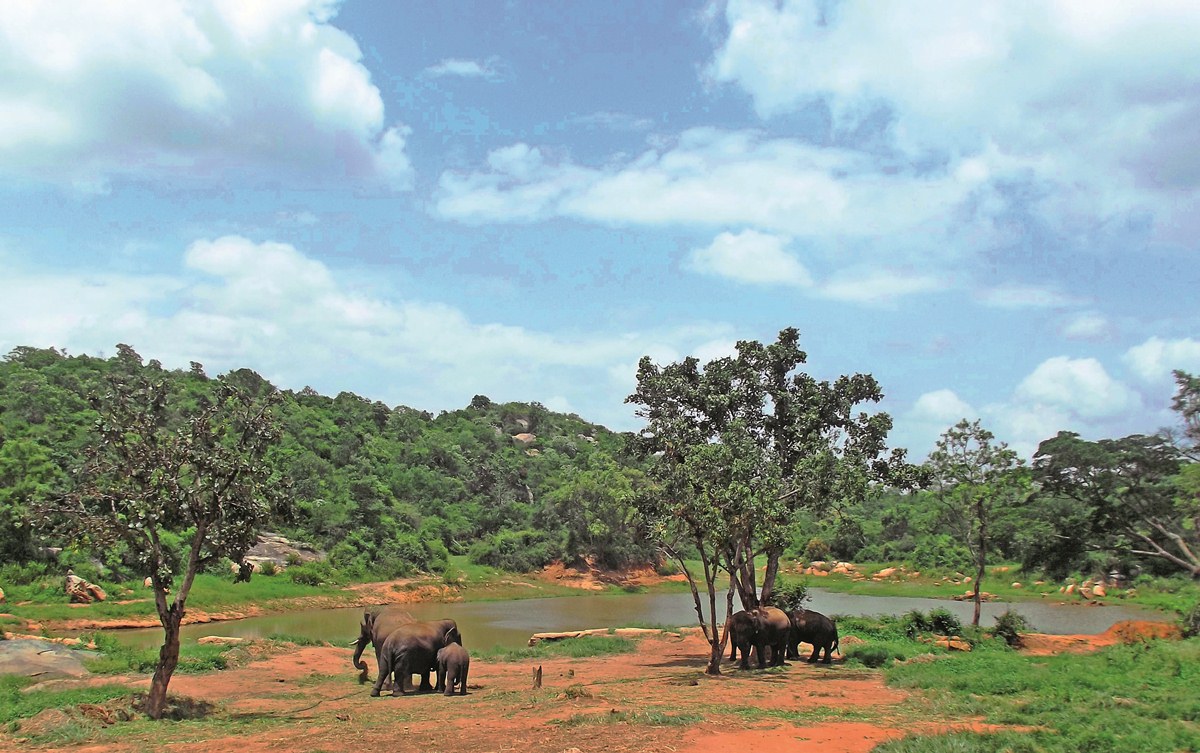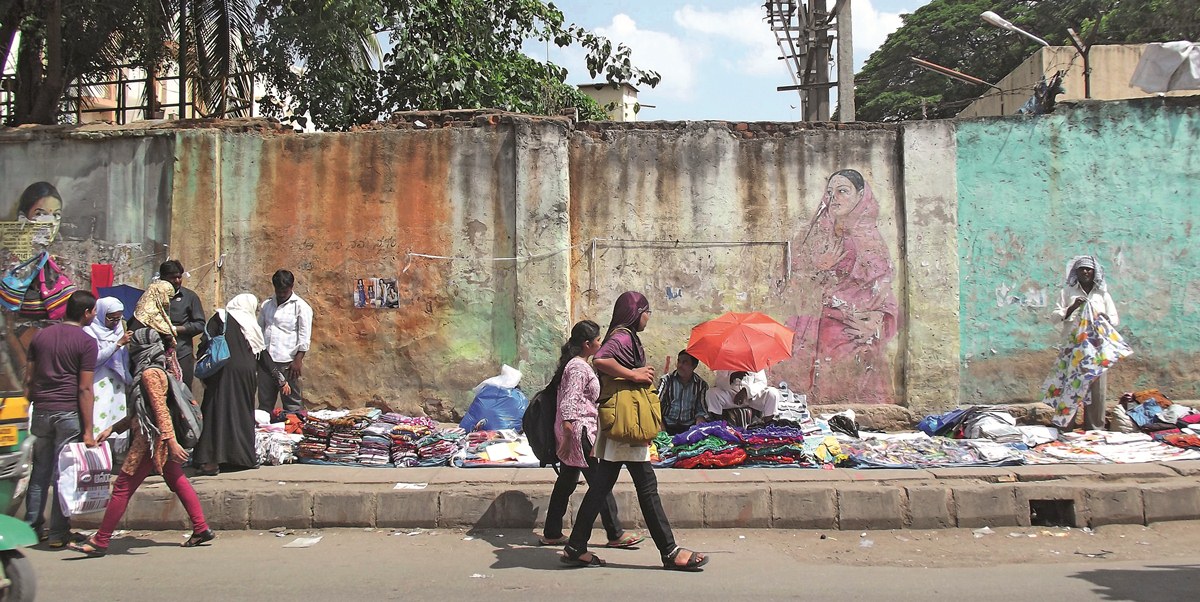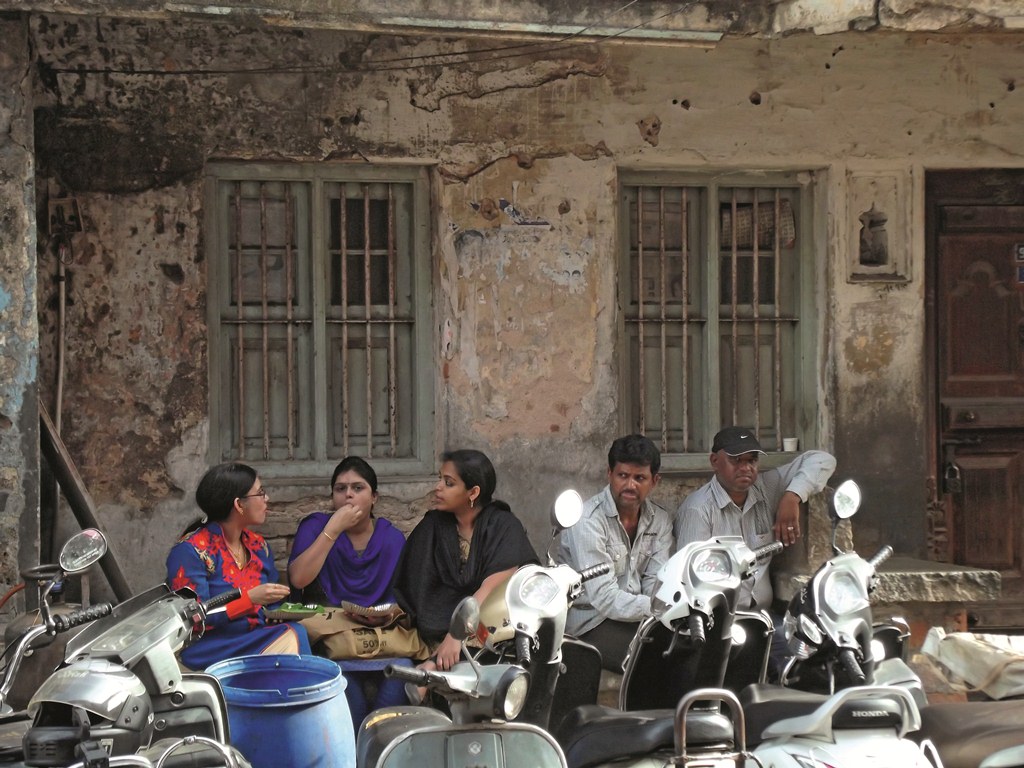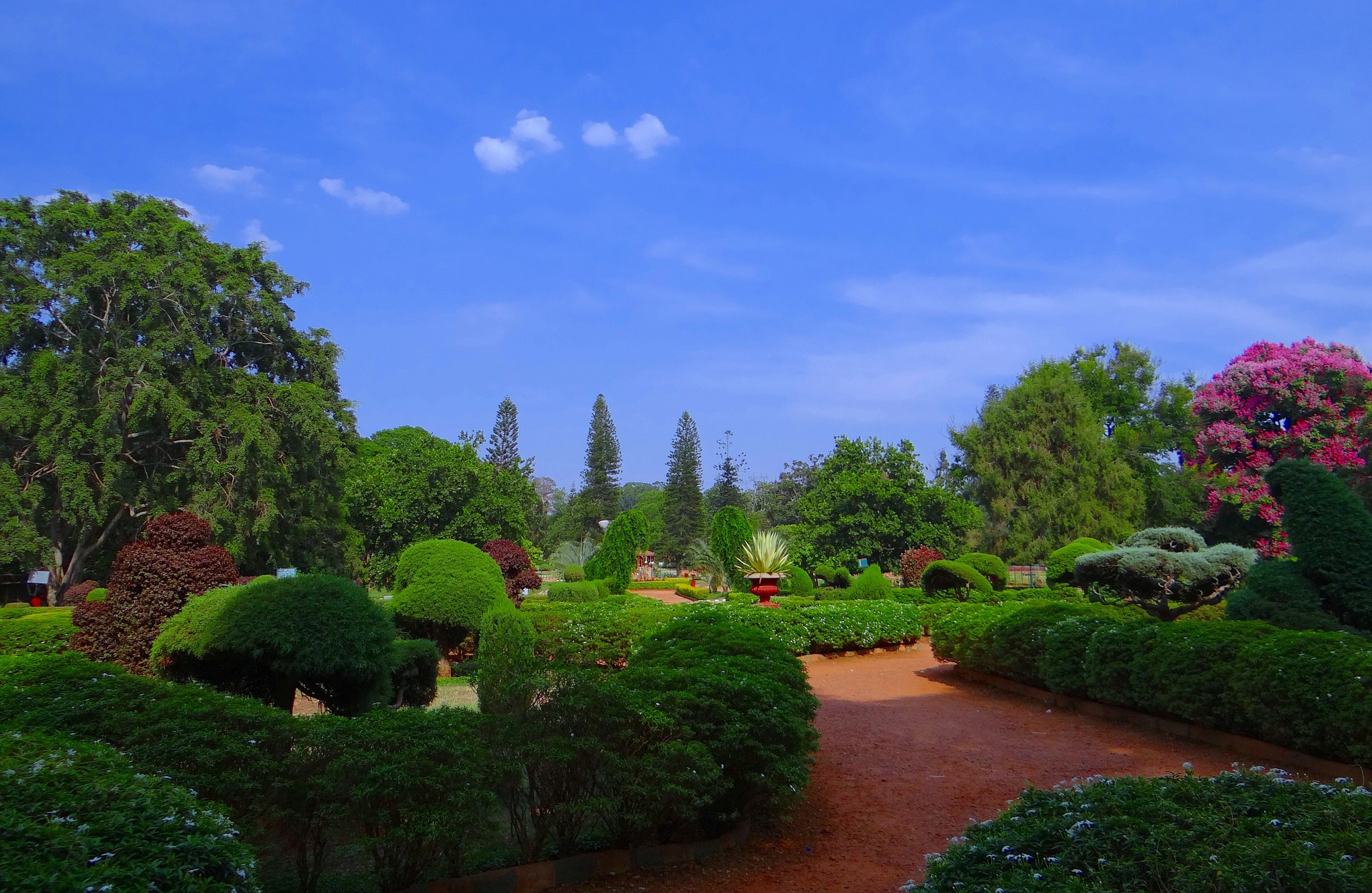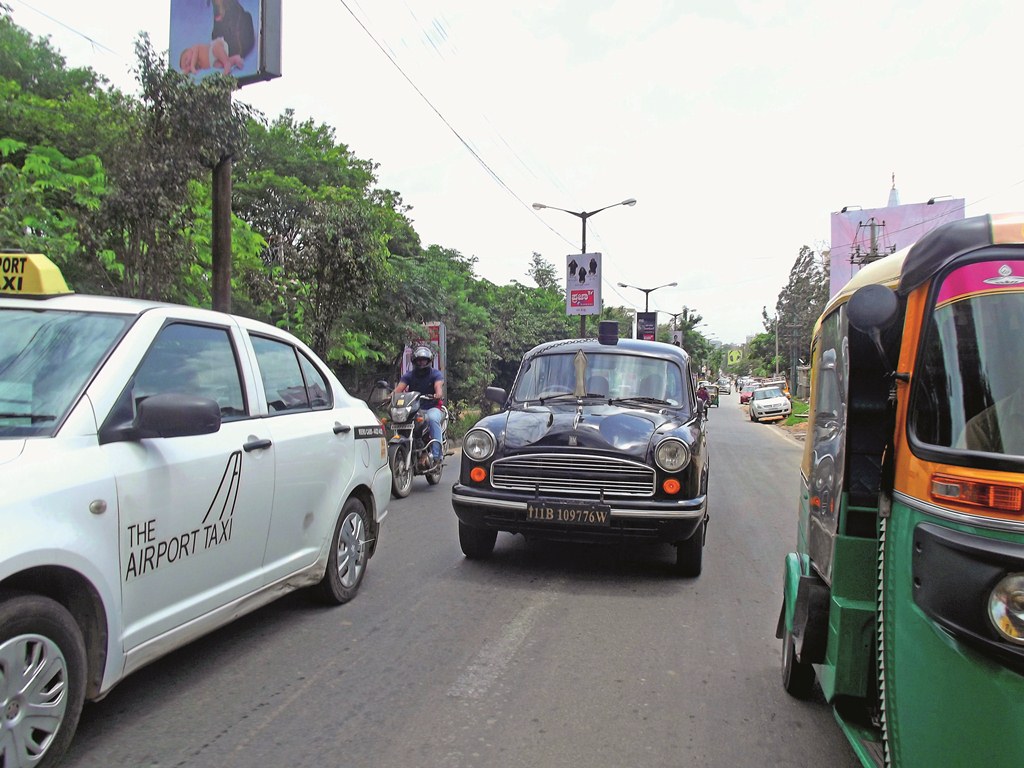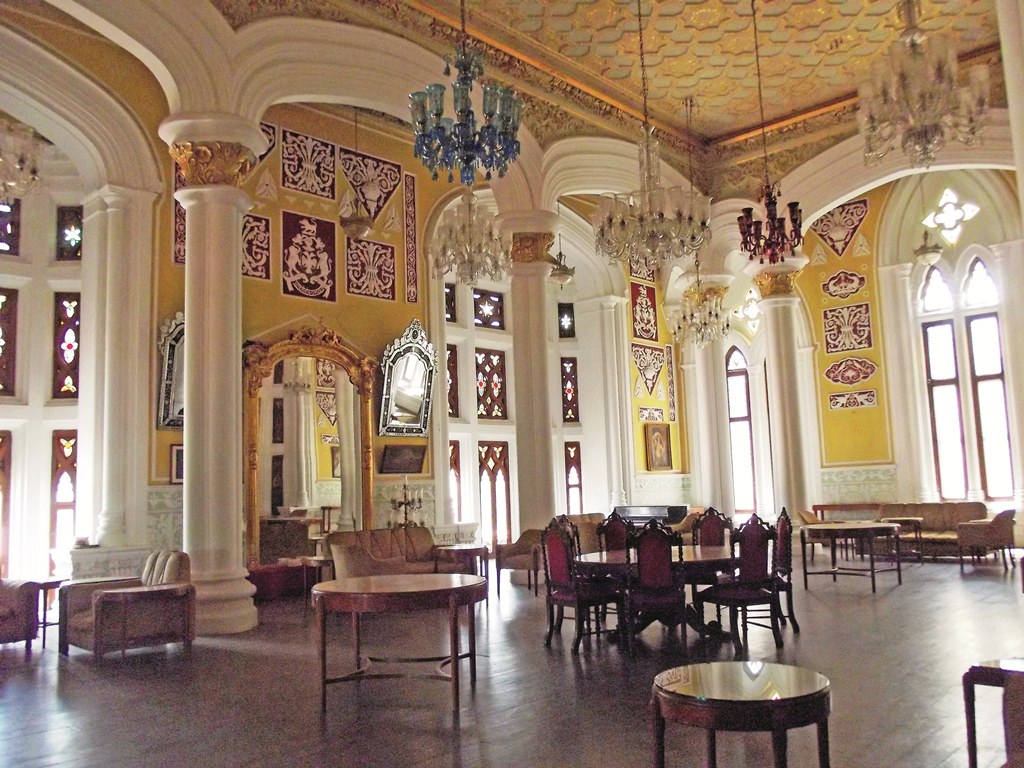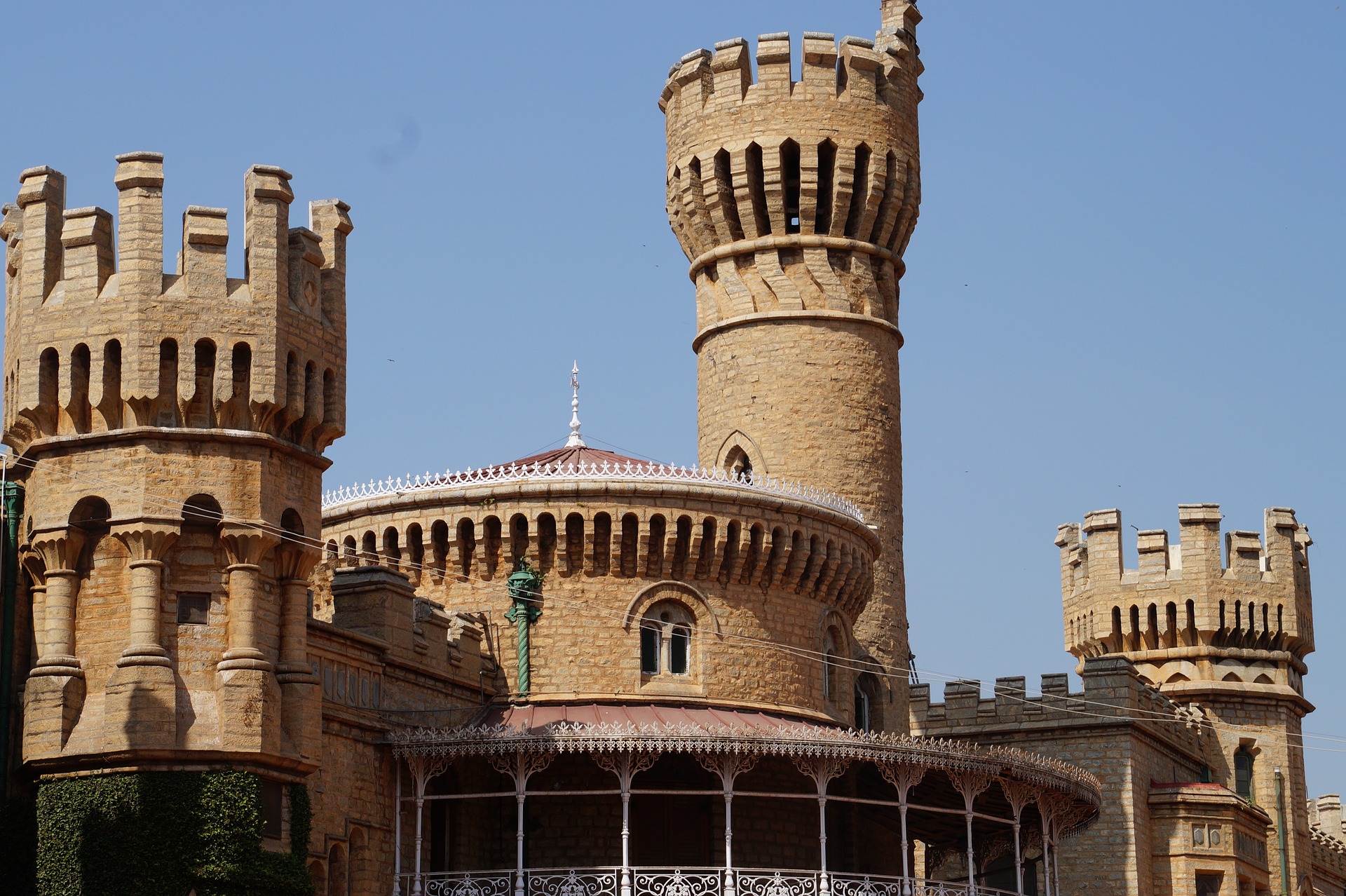One of India’s largest cities, Bengaluru has hosted humanity for over 6,000 years. Paula Tan visited and found the charms of the city infectious in both its appreciable heritage and in its residents’ hopefulness for a stronger future.
The incessant honking of the driver had me in a fit of giggles as we bumped our way through the dark streets. Having arrived at the airport in Bengaluru – the city formerly known as Bangalore and the latest in India to have its name changed – sometime after midnight, we’d requested a hotel pickup and landed ourselves a horn-obsessed driver, whom I believed was a one-off… until the following day, when it became clear that crazed honking is a lifestyle in Bengaluru, cue the popular bumper slogan, Sound Horn, OK? Car horns aside, we soon found that the city streets also featured horns of a different kind – social bovines that made their presence felt, in even the busiest shopping areas.
Exploring Bengaluru
After the long night, I’d fallen into a dead sleep and awoken six hours later to a soft, golden morning as the sun rose on the scullers at Ulsoor Lake. After breakfast, we picked out an auto driver from the group milling at our hotel gate and headed out to explore the city. Located in the southern region of the country at 900 meters above sea level, Bengaluru is generally free of the monsoon that lashes northern regions of India and stays relatively cool as temperatures rise across the rest of the country. At a temperate 26°C during the day, riding around in an open auto is quite pleasant. Every auto driver in Bengaluru will assume that you want to shop, and their first stop will undoubtedly be the famous Roopam silk store, which will have its representative “at your door with 20 different options” at a single phone call.
Finding that option intimidating, to say the least, we meekly acquiesced when our driver shot into an apartment basement where two Roopam employees smilingly escorted us in an elevator up to the store. Its selection, however, was jaw-droppingly beautiful and we did eventually return. Incidentally, Roopam is a mere drop in the ocean of shopping offerings that Bengaluru features. From its Commercial Street vendors selling home-wares and sandals, to mid-range hypermarts like the jam-packed Max, curio stores, and high-end malls, there is nothing one can’t find. Indulge yourself with a beautifully hand-painted floor lamp from the cottage industry emporium, perfect earrings to match your new kurta at Safina Plaza – or, if you’re the ethnic sort, Global Desi and FabIndia stores will have you swiping the plastic faster than you can say “maharaja.” If food is your passion, don’t be afraid to try treats on the street – as long as they’re cooked. You’ll find a delicious variety from samosas to sweets, as we did at the old Russell Market vicinity where flower vendors string massive garlands for the gods, and you can have your fortune told by a card-picking bird. Best of all, count on being chaperoned by an enthusiastic cow that won’t jostle you for that cute bouquet, though it’s advisable to stay reasonably clear.
Longing for Some Fresh Air
Assaulted by the mind-boggling array of shopping options in the city, we were soon longing for some fresh air, and a driver who’d driven us around the city, yet refused our payment because he had no change, had suggested the Lal Bagh Botanical Gardens. For a 10 rupee fee, we wandered through its rambling grounds initiated by famed Mysore ruler Hyder Ali in the 1700s, catching glimpses of an era of British rule in its beautiful glass greenhouse, themed gardens, and centuries-old trees. Most captivating was Lal Bagh’s geological monument, erected in a shrine-like structure atop a hill formed of Peninsular Gneiss rock that dates back over three billion years. Hosting annual flower shows and the daily sale of fruit and vegetables, the gardens continue to draw enthusiastic visitors each year. Later that evening, we enjoyed the dancing waters of the Indira Gandhi Memorial fountains not far away, under a dazzling full moon.
Continuing our nature trail the following day, we endured a 28-km ride out of town, in an open auto through a stampede of traffic to Bannerghatta National Park. After a bone-jangling hour, we stumbled up to our destination, yet on boarding the small, grilled-up bus, the city fell away as we bumped through the scrub of this 25,000- acre reserve, home to panthers, lions, tigers, bison, and my favourite, elephants. Bannerghatta is also a sanctuary for rescued animals, many of which are from travelling shows. Comprising 10 reserve forests of the Anekal Range, its scenic hills are dotted with many ancient temples and linked by the Suvarnamukhi River, which is believed to yield curative powers. After the safari, it was pleasant to explore the zoo, and while not being dazzlingly impressive, it proved popular among its many younger visitors, who were only too happy to pose for photographs.
The Glory Days of Colonial India
Eager to recapture the glory days of colonial India, we headed one sultry afternoon for the Bangalore Palace, a Tudor-style delight built in 1887 by King Chamarajendra Wodeyar, who had been inspired by England’s Windsor Castle. My ire at being charged 675 rupees for taking my camera in, on top of the 450 rupee entrance fee (for foreigners) dissipated, however, on entering the ballroom. Preserving its quiet dignity, the room still breathed of bygone banquets amid the quiet afternoon sun streaming through its large glass windows. As we ambled down castle corridors armed with audio guides, the king’s love for Victorian architecture surfaced in the delicate wrought ironwork and china tiles of the ladies’ quarters. Within the building, there was also a Moorish-inspired courtyard with striking blue tiles and a delicate fountain. I was particularly charmed by the old family photographs lining the walls, many of which were quite candid and gave a personality to this monarch from another age. While we were perplexed at a portrait of Pierce Brosnan gracing one of the exits, the sight of palace horses grazing on the grounds in the swirl of a light sandstorm will stay with me for life.
Throughout the course of our time in Bengaluru, we visited several temples and churches. With its large population of Christians and Hindus, Bengaluru features a sprinkling of street shrines to the Virgin Mary and many beautiful churches across the city, gentle allies to its multitude of Hindu temples. Though I’ve always found small street temples more heartfelt, the massive ISKCON Temple on the sevenacre Hare Krishna hill was an entirely new experience. Combining glass and gopuram, Dravidian, and modern architecture with imposing granite steps, the International Society for Krishna Consciousness (ISKCON) temple is dedicated to the Lord Krishna. Yet, while being commercial in many ways, we found it to personify the essence of humility and kindness in the people we met there. In the days to come, we would visit other smaller temples as well, and each time, and ourselves infused with the same feeling of peace.
The iconic Beatles once went on a spiritual quest in India, and I, too, in my own way, had hoped to find a missing piece of myself there. In this foreign land, we received blessings from priests of a different faith from our own, walked barefoot on the dusty streets, shared life stories with locals, and witnessed both indescribable poverty and incredible wealth. Just as Bengaluru rises geographically above the monsoon of India, so too do its people strive to rise above it metaphorically. In one of the greatest travel experiences of my life, I came to Bengaluru in search of its colonial past, but left with the promise of its amazing future – and perhaps a reminder to cherish my own.
Read more:
- Stunning Temples in India
- Places of Interest at Brickfield’s Little India
- Three Types of Classical Indian Dance You Should Know
Source: The Expat magazine December 2015
"ExpatGo welcomes and encourages comments, input, and divergent opinions. However, we kindly request that you use suitable language in your comments, and refrain from any sort of personal attack, hate speech, or disparaging rhetoric. Comments not in line with this are subject to removal from the site. "



